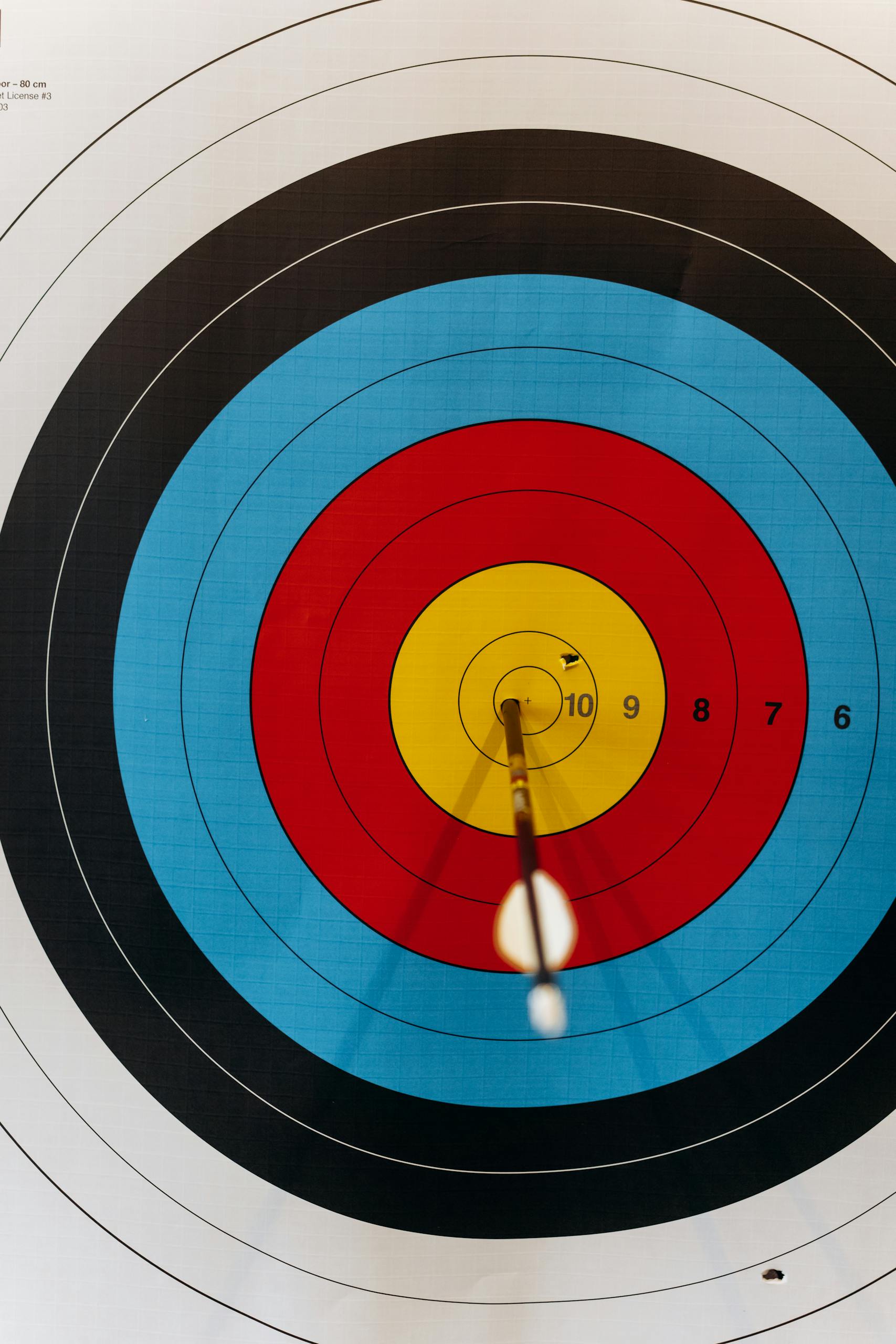With the 2024 Olympics over some of you are now probably feeling inspired to take up a little known sport that looks exciting and interesting.
Archery could well be one of those.
Here we take a look at the injuries to avoid if you take up archery.
Archery can almost be regarded as a very zen or meditative sport.
It requires the archer to have focus, calmness, the ability to block out all outside distractions and to be able to repeat the same steps in taking the perfect shot time and time again.
So, whether you are new to the sport or an experienced archer there are a number of common injuries that occur which you should be aware about and know how to avoid.
Rotator cuff strains
Drawing the string can put stress on the shoulder, particularly if you are using a bow where the draw weight is too heavy, or you are rapidly increasing the amount of times you are drawing the bow in a given session.
This excessive or repetitive stress can put undue strain on the muscles of the shoulder particularly the rotator cuff.
This can lead to pain in the shoulder, weakness, restricted motion and may affect sleep.
It is important to have good technique and build up gradually.
Therefore, if you are starting out or wanting to progress receiving coaching is important.
A good coach will help you to select the proper equipment, measure your draw length, improve your stance, draw technique and release which will all help prevent stress on the rotator cuff.
Regular exercises for the upper limb, shoulder and back muscles are also beneficial to build strength and stamina.
Tendinopathy of the elbow
Sometimes called ‘archer’s elbow’ it is also more commonly known as ‘tennis elbow’.
This commonly occurs in the arm holding the bow because the lateral muscles of the forearm are not nearly as strong as the medial muscles.
Also, with the elbow extended there is less bony support of the joint, and these muscles need to provide a greater amount of the stability.
Additionally, hand shock from the bow is transmitted into the elbow and can be a factor in elbow pain.
In this condition inflammation and micro tears occur in the area where the muscles attach to the outside of the humerus bone.
Repetitive shooting worsens the trauma to the area and increases the damage.
Treatment of lateral elbow pain consists of allowing the damage to heal and then preventing recurrences.
This typically involves taking a break from shooting and taking an anti-inflammatory medication.
When your elbow is no longer hurting you can gradually resume shooting.
Dropping your draw weight and using a bow with less hand shock can help.
A very slight bend in your elbow will also take some of the stress off of your lateral muscles.
A tennis elbow brace may be of benefit as it stabilises the lateral muscles and helps prevent bow shock transmission into the elbow.
Repetitive strain injuries
Repetitive strain injuries include cramping, weakness, numbness, tingling, stiffness, throbbing, pain, and tenderness in muscles that are overused.
Archery is often termed the ‘art of repetition’.
There is no better way of prevention than taking a break.
No matter what sport you do, it may cause strain on soft tissues when done for prolonged periods.
Shoulder impingement
When you go into a sport like archery, you’ll have to raise an elbow above shoulder height, not once, not twice, but every time you draw.
After a certain period, you may not be unable to move the arm with ease.
The injury is called shoulder impingement syndrome, characterised by limited arm movement range, discomfort while sleeping, and shoulder and arm pain.
Don’t overexert yourself to prevent shoulder impingement syndrome.
Frozen shoulder
In worst cases archers may develop a frozen shoulder otherwise known as adhesive capsulitis.
This is a condition where connective tissues encapsulating ligaments and tendons become thick and tight, restricting movement.
Frozen shoulder has slow recovery and has three stages.
- Freezing stage – shoulder movement and range of motion become limited and painful.
- Frozen stage – The pain may start to vanish but moving the shoulder is more difficult, but actually, your shoulder begins to improve.
- Thawing stage – you can move your shoulder and arm more freely.
Certain medical treatments and exercises can help with recovery.
If you want more information on frozen shoulder please read our comprehensive blog.
In summary
If you are new to this sport, take it nice and slow and gradually increase your effort as you progress.
Practice appropriate archery posture and technique.
Find a good archery coach.
This will help prevent injuries but will also improve your skill so you progress faster.
Do regular exercise, eat a healthy diet, and get adequate sleep.
Seek early treatment and consult a physiotherapist whenever symptoms show.

